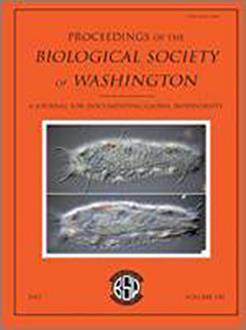Cerion uva gouldi is described as a new subspecies to include only fossil and subfossil Cerion uva from Aruba. The name Cerion uva arubanumBaker, 1924 had previously been applied to all Cerion uva from Aruba, living and fossil. A recent molecular study has shown that Cerion uva arubanum, a taxon based on living type material from Aruba, is a synonym of Cerion uva uva (Linnaeus, 1758), with which it shares a preponderance of mitochondrial haplotypes. Cerion uva was widespread on Aruba during the Pleistocene, but became extinct on that island and was subsequently reintroduced from a population near Willemstad in eastern Curaçao by humans within the past 800 years. Earlier authors had recognized that fossil Cerion from Aruba differ in morphology from those living on the island today, with fossils being more similar to specimens from western Curaçao and Bonaire, while those living on Aruba today are most similar to Cerion uva uva from eastern Curaçao. Cerion uva gouldi may be distinguished from living populations of Cerion on Aruba on the basis of its cylindrical rather than ovate shell shape, its more closely spaced whorls, and its round aperture with a uniform rather than anteriorly expanded parietal rim.
How to translate text using browser tools
11 April 2019
Cerion uva gouldi, a new fossil subspecies from Aruba (Gastropoda, Pulmonata, Cerionidae)
M. G. Harasewych
ACCESS THE FULL ARTICLE
It is not available for individual sale.
This article is only available to subscribers.
It is not available for individual sale.
It is not available for individual sale.
extinct
new subspecies
Pleistocene
taxonomy
terrestrial





